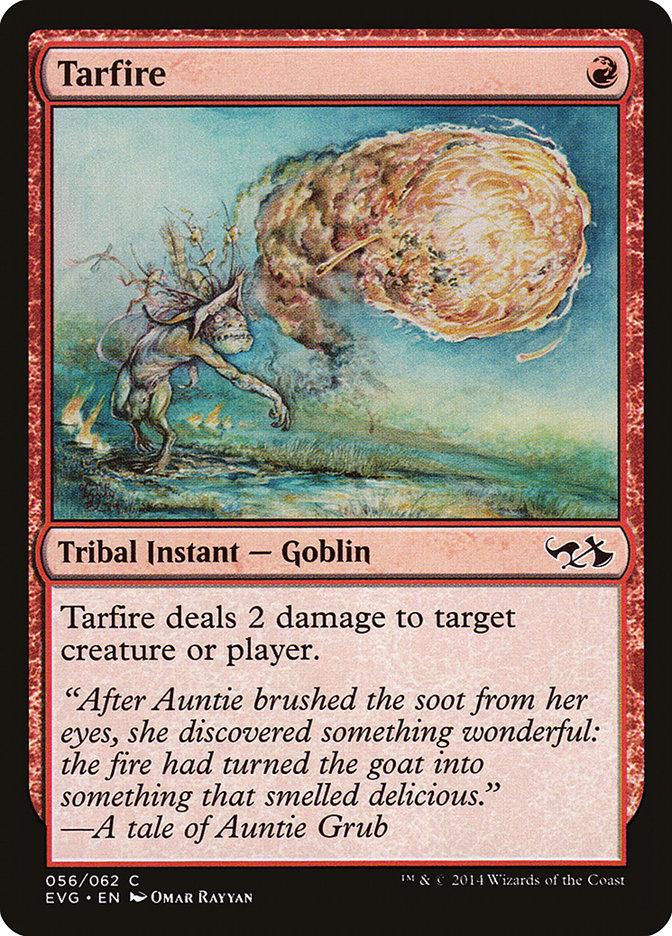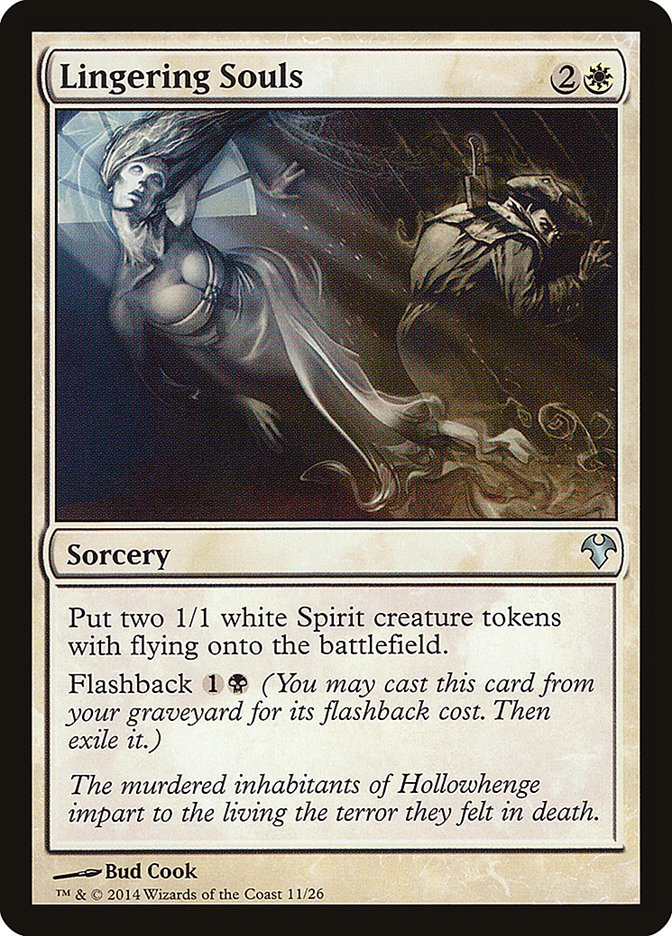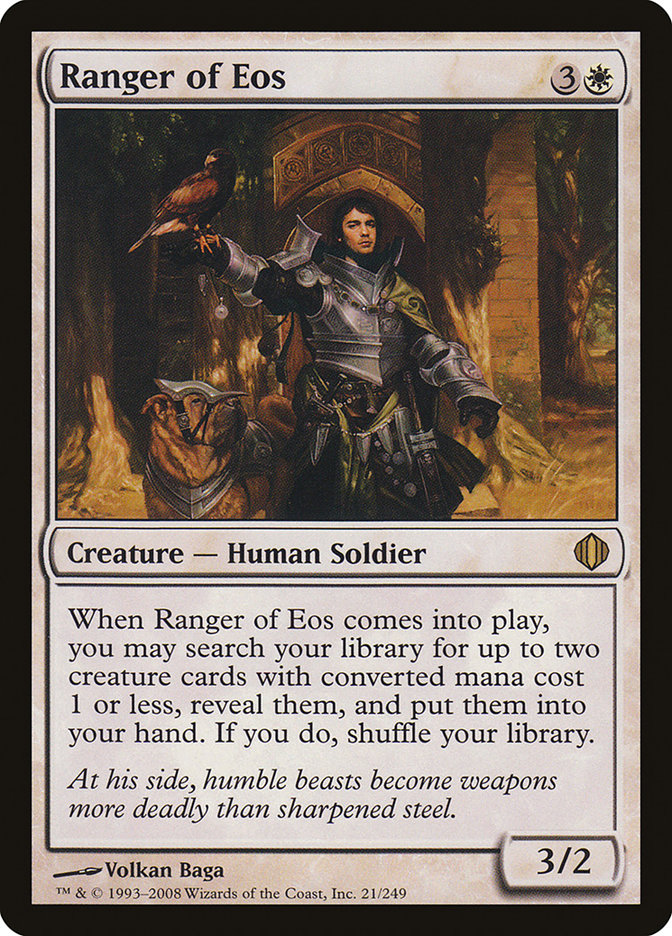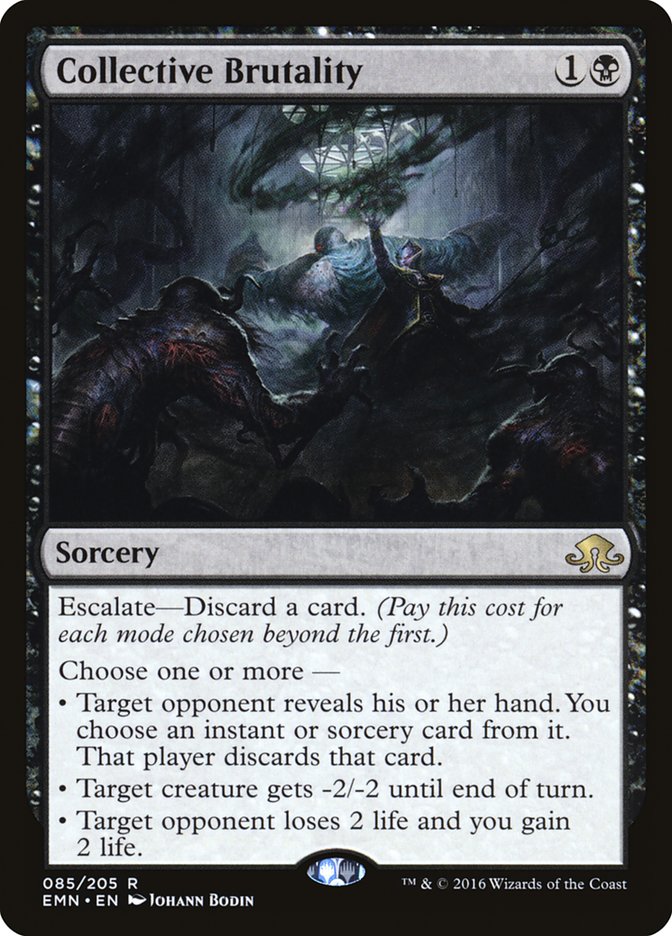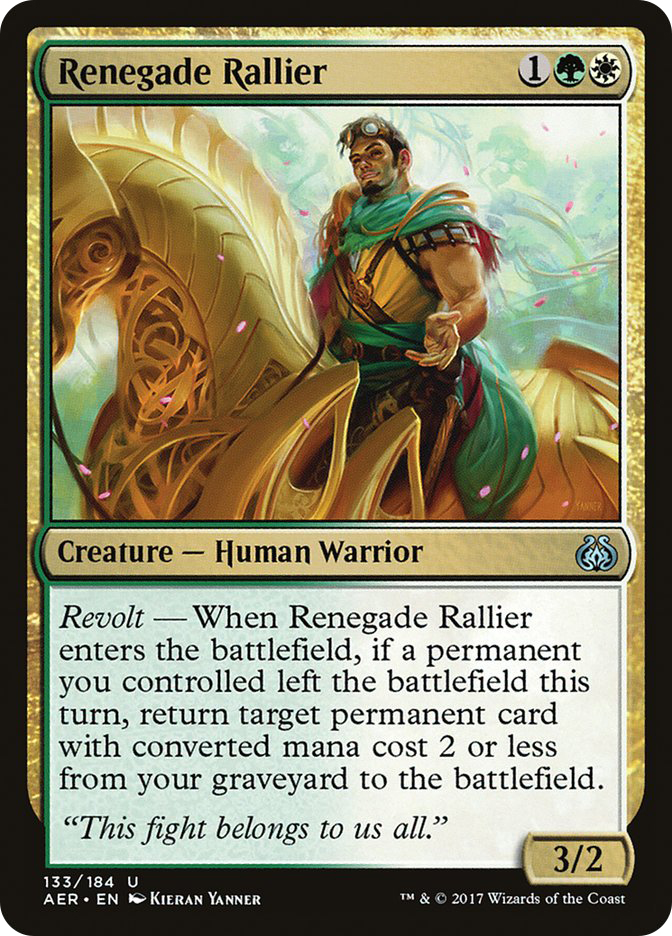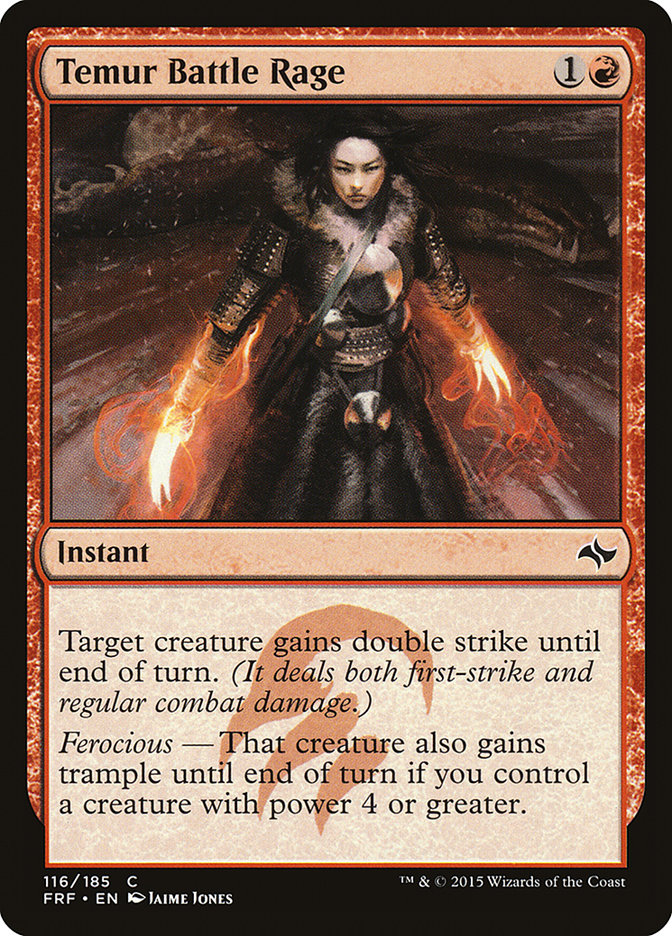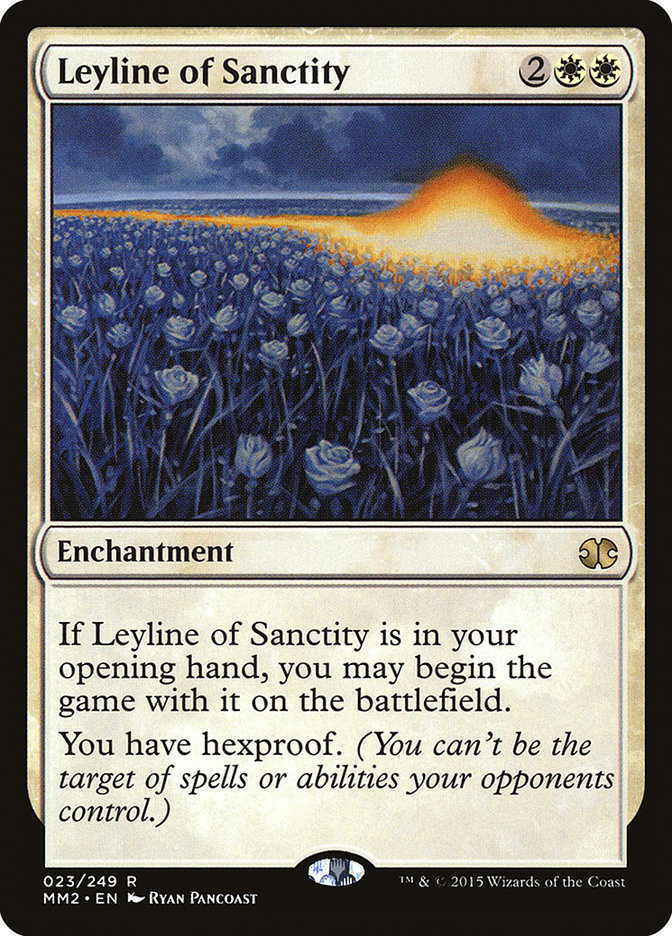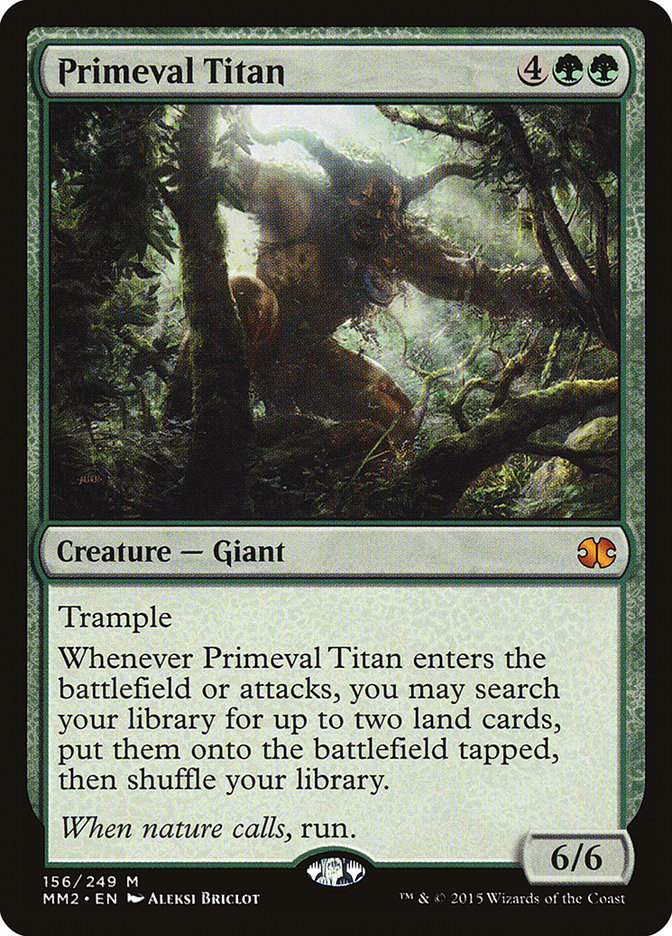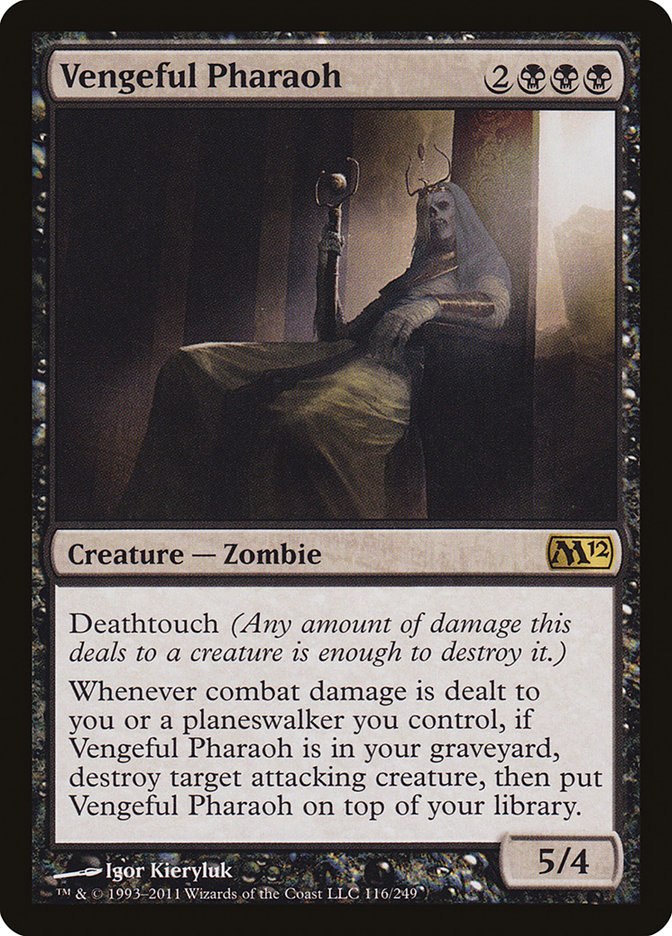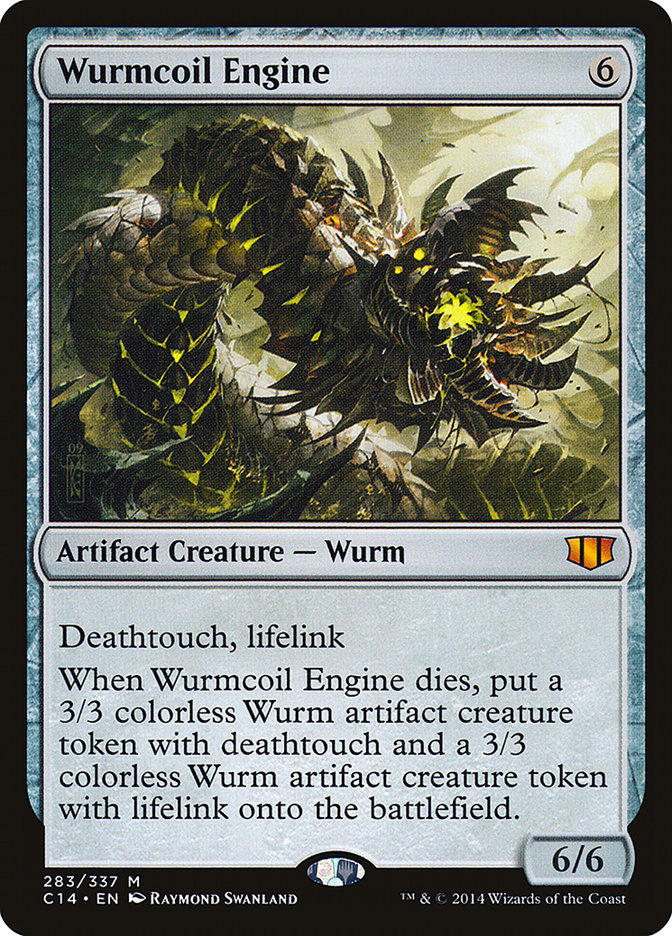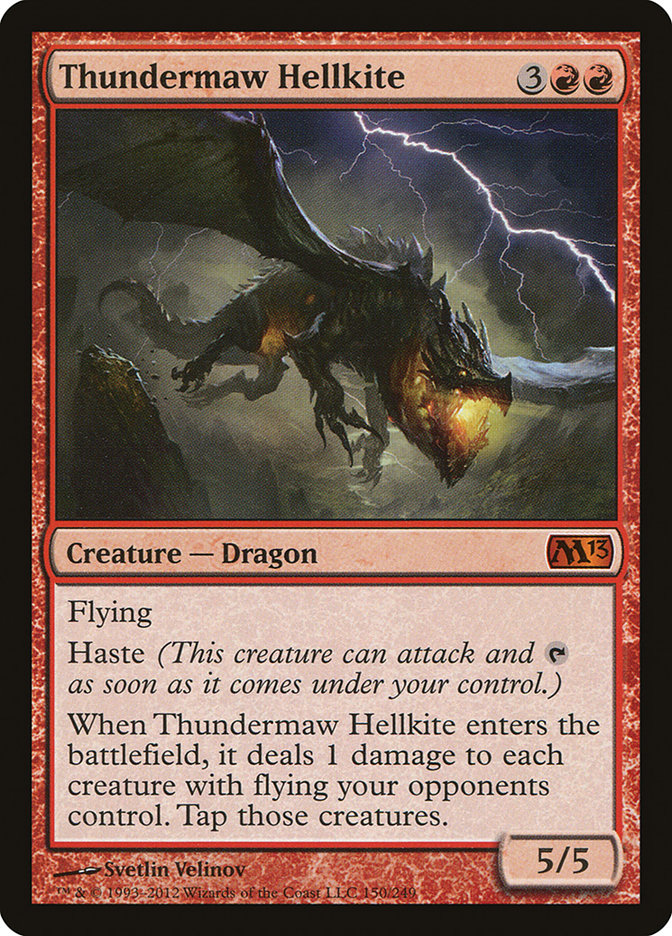Last week, I wrote my article about using MTGO results to select a deck in Modern immediately after I started testing Death’s Shadow following trying that method myself. After three-and-a-half Leagues, when I was 14-3, I recommended it to my teammates, and after another couple of Leagues, I gave it the strongest recommendation I’ve ever given any deck, convincing everyone on my team other than Corey Burkhart (who I suggested should continue playing Grixis) who was playing in a Modern tournament to play it. Our results:
Josh Utter-Leyton: 1st (14-2)
Matt Nass: 1st in a team event (he doesn’t remember his individual record, estimates around 13-3 or 12-4).
Gerry Thompson: 3rd (11-2-1)
Me: 4th (10-3-1)
Matt Severa: 13th (9-3)
David Ochoa: 39th (8-4)
Note: all of those records ignore byes, unlike most times GP results are posted.
This deck is really off-the-charts great. That leaves some questions. First:
Why Is Death’s Shadow So Good?
Creatures (13)
Planeswalkers (2)
Lands (18)
Spells (27)

Mana, flexibility, card quality: that’s the short hits version.
The curve of this deck is incredibly low. Every card costs very little mana, but they’re all extremely high-impact. The reason is that the cards have hidden costs that the structure of the deck is very good at paying. Death’s Shadow only costs one mana, but you get a creature that’s usually between 4/4 and 9/9. It has the extra cost that your life total has to be low. Tarmogoyf only costs two mana and it’s often around a 5/6 in this deck. It has the hidden cost that you need a lot of types in graveyards, and it costs less mana than it should as a result. Traverse the Ulvenwald is the same way: it costs less mana than it should for the effect it generates because it requires you to jump through additional hoops.
Creatures (13)
Planeswalkers (2)
Lands (18)
Spells (27)

Death’s Shadow takes advantage of the fact that the same cards help fulfil all of these requirements, and fetchlands, Mishra’s Bauble, and Street Wraith don’t even ask mana to do it. By building around this synergy, we get a deck where everything is radically undercosted. Because each of our spells do more than they should, we don’t need very many threats, and because all of our spells cost less than they should, we don’t need very many lands. The result is that we have more space for interaction, and that’s what makes the deck really unfair.
Every combo deck in Modern doesn’t want to play against disruption backed by a fast clock, and Death’s Shadow presents the most and best disruption backed by one of the fastest clocks, because the mechanics of its cards just allow it to do more of everything than other decks.
Creatures (13)
Planeswalkers (2)
Lands (18)
Spells (27)

The flexibility comes from a few places. First, discard is the most universal answer in Modern. For a long time now, I’ve been playing Lantern and Death’s Shadow, which seem like very different decks, but they have one important similarity. Both have extremely low curves and play more than four total copies of Inquisition of Kozilek and Thoughtseize.
These discard spells are incredibly important in Modern because the format is so diverse that they’re the most reliable way to attack whatever your opponent is doing. In Legacy, the rule has always been that you have to play either Thoughtseize or Force of Will to avoid losing to stupid combo decks. Well, the same thing is true in Modern, but we only have one option. The versatility of our interaction means that we don’t need to use as many cards in our sideboard to answer all the different ways we can be attacked, and that opens up more options.
The other big point where we gain flexibility is Traverse the Ulvenwald. This card is just absurd. First, it lets us play very few threats because we reliably have access to Tarmogoyf and Death’s Shadow, which are high-impact threats, but because it can also find lands, it’s far better than just redundant threats; it’s also part of our manabase when we need it to be. Given that the curve is so low, we’re not planning to use Traverse the Ulvenwald to find lands and the eighteen lands in the deck should be plenty to cast all of our spells even if Traverse couldn’t find lands. Still, the fact that it can serves both to decrease the variance in Magic that you sometimes simply don’t draw enough lands and allows you to seamlessly sideboard into a deck with a higher curve with the extra mana already built into your deck. Beyond that, of course, when sideboarding bullets, you simply get four extra copies of bullets like Kataki, War’s Wage.
As for card quality, Eldrazi taught us that simply playing undercosted creatures is a fantastic strategy in Modern. If you can make your 4/4 or 5/5 creature functionally cost two or three mana, that can be a huge problem for people, especially if that also attacks their hand. If you play a Thoughtseize and a Tarmogoyf, it’s really about the same thing as using Simian Spirit Guide to cast Thought-Knot Seer on turn 2, except your creature’s a little bigger (in this deck) and they don’t draw a card when they kill it. It’s basically a better Eldrazi deck.
Covered Bases
There are basically three classifications of decks that you need to beat in Modern, and this deck has perfect configurations for all of them.
First, the unfair proactive decks. Against these decks, your discard shines. Unfair decks are unfair because they exploit the power of synergies between cards, and discard is perfect at breaking up those synergies and forcing cards to stand on their own individual merits. No card can stand up to Tarmogoyf or Death’s Shadow on individual merits.
Second, the aggressive decks. These are decks that aren’t relying on combos; they’re just playing threats and attacking. This is where Tarfire is decent and Fatal Push shines, but most importantly, the raw size of your creatures is the most important point.
Tarmogoyf and Death’s Shadow are just great blockers, and when you combine that with card advantage from Kolaghan’s Command and Liliana (either Liliana, the Last Hope or Liliana of the Veil), you can keep the game small and ride your marginal card advantage and higher-impact creatures to victory.
Third, reactive decks. Opposing decks with Thoughtseize, Fatal Push, Path to Exile, and Abrupt Decay don’t care how big your creatures are, so you need something else to beat them, and this is where this deck’s remarkably fantastic late-game comes in.
Lingering Souls and Ranger of Eos are fantastic against spot removal, and Kolaghan’s Command and Liliana provide additional weapons in a battle or attrition. When you combine these things with the fact that you’ll generally have a lower land count than any of the reactive decks, you can generally grind with the best of them. Against Jund, I’m actually trying to play a control game and go late against them, because, despite their higher curve, I have inevitability because my cards are just better.
This leads to the second question:
How Should Death’s Shadow Be Built?
My teammates and I registered very slightly different lists, and the deck definitely has some flexibility. The core strategy is broken, but the support cards can certainly be tweaked. Here’s what I consider the core:
Creatures (12)
Lands (14)
Spells (18)

Four more fetchlands are mandatory. That allows twelve additional flex cards. For reference, I played:
Tarfire is a weird card. I think it’s more likely to target your opponent or their creatures than you, but not by that wide of a margin. It’s not a great spell, but it makes your deck work. It’s almost impossible not to have delirium after casting it, and it guarantees that your Tarmogoyfs will always be huge. Josh Utter-Leyton said he wouldn’t play it again, but I still think it’s worth it. I’m not sure how many is optimal, though.
Fatal Push is basically just the best card when it’s good, but the worst when it’s bad. It’s horrible for this deck to have a card you literally can’t cast without killing your own creature, but after our performance, I expect this deck to become a lot more popular, and it’s the best thing you can have in the mirror, so I suspect it’s right to play more rather than fewer of these.
Collective Brutality is great against Burn and Abzan Company, and it offers a lot of flexibility. You’re usually happy to have either additional discard or additional removal. It’s almost always worse than Duress or Fatal Push, but the flexibility is very valuable. I view it as filler, but there just weren’t enough other things I wanted more, and it’s been serviceable.
Kolaghan’s Command is a fantastic card, and I was happy with three. I played against Affinity three times and I played against three Chalice of the Void decks. It is expensive, but I think it’s worth it.
Renegade Rallier was something of a hedge. I watched GHash77 stream the deck a little, and he talked about how he’d recently started testing Ranger of Eos as was having good results with it. I liked the idea, but I wasn’t sure if it was worth playing in the maindeck.
I decided Renegade Rallier was like playing a Ranger of Eos, but costing less mana made it more reliable. In practice, it requires too much setup and it’s not high-enough-impact to be particularly relevant as a Traverse the Ulvenwald target, which was the entire point of the slot, so I wouldn’t recommend it. It was fine for me in the tournament, but Ranger of Eos is better if you want something like this.
I believe the deck wants two to three Lilianas, and I have no idea if Liliana, the Last Hope or Liliana of the Veil is better. Gerry and Josh said Liliana of the Veil was great for them and they would play it again, but Liliana, the Last Hope was also great for me. Moving forward, I’m likely to try playing a mix of three of them.
Abrupt Decay is expensive, and clearly much worse against creatures than Fatal Push, but as I said, I played against a lot of artifacts I needed to kill, so it definitely wasn’t bad. It’s unclear how much of this and Fatal Push is optimal and what the split should be.
Temur Battle Rage is weird. I side it out in almost every matchup, but because it’s proactive, it’s playable against everyone, like Collective Brutality. It’s also an instant, which helps with delirium, but it doesn’t really help because you don’t often want to cast it early. It’s best for trampling over Lingering Souls or something, but I often found that trampling over once wasn’t enough to kill someone who was good at blocking because I often didn’t get early damage in, so it didn’t always let me avoid fighting through their creatures anyway. I haven’t liked Ghor-Clan Rampager, but I think a better approach might be to play one of those and no Temur Battle Rages.
Moving forward, I’d probably start with something like this:
Creatures (14)
Planeswalkers (3)
Lands (18)
Spells (25)

And the third question…
How Do You Beat This Deck?
I mentioned above that there are three kinds of decks that this has to position itself against, and I think each can take steps to maximize its chances against Death’s Shadow.
First, the unfair decks: The key here is not losing to discard, and the best way to do that is to play a strategy that isn’t particularly vulnerable to it.
Big mana decks topdeck well, and often their mana can’t really by attacked by discard, so they would be an option, but Fulminator Mage can be a problem. A big mana deck that’s relatively resistant to Fulminator Mage, like Scapeshift with Primeval Titan, might be well-positioned, especially if it focused on removal that can kill Tarmogoyf and Death’s Shadow (like Engineered Explosives) over cards like Lightning Bolt that can’t. Also, any big mana deck is helped somewhat here with the addition of Chalice of the Void.
You can also try to attack discard directly, not only with Chalice of the Void but also with Leyline of Sanctity. Any combo deck will have a much better chance here if it can sideboard in a lot of Leylines.
You can also play a combo deck that doesn’t necessarily care about discard, like Dredge (especially with Vengeful Pharaoh).
Combo decks that put their combos on the battlefield rather than leaving them in their hand are also better here. Lantern Control is kind of an example of this; I could see Lantern having problems with Thoughtseize and Kolaghan’s Command preventing them from sticking Ensnaring Bridge, but Abrupt Decay is a great way to help buy time to find another, and Fatal Push in the sideboard would also go a long way here.
That kind of gets to another point about ways that unfair decks can compete: Death’s Shadow wins because it has disruption and a clock. The clock relies on a single large creature. If the combo deck simply has something like Fatal Push, it can potentially buy a long time to rebuild.
As for opposing aggro decks, Death’s Shadow’s biggest strength is blocking, so focusing on evasive threats can give you the best chance. This is especially true because their life total is so low that it’s very easy to win a race against them. Flickerwisp and Vendilion Clique have a weakness against Liliana, the Last Hope, but cards like Serra Avenger might be great here. Spreading Seas and islandwalk are a big part of Merfolk’s strength here, as is Master of Waves’s ability to go around blockers. Etched Champion and Mirran Crusader are also fantastic as they both can’t be blocked and can block to fully dictate the pace of the game. Lingering Souls is another great evasive threat that can also block decently.
As for reactive decks, if you’re trying to win with answers, you need to make sure that you’re actually favored going long. Jund isn’t, but Abzan can be because Path to Exile cuts off their recursion and they have their own Lingering Souls. There are a variety of plans that can work going long, but you need to have a good one. Rest in Peace goes a long way here, since it cuts off most of their threats and card advantage.
Wurmcoil Engine or Thundermaw Hellkite, creatures that don’t die to Tarfire or Fatal Push and don’t get blocked by Death’s Shadow or Tarmogoyf that let you close the game, are also good. Scavenging Ooze is not as effective as Rest in Peace, because it’s much easier for them to answer and much slower, but it’s a step in the right direction, as is Relic of Progenitus.
Regardless of what you’re playing, the best way to target this deck specifically is to attack its graveyard. Tarmogoyf and Traverse the Ulvenwald represent two-thirds of the deck’s threats, and both depend on the graveyard. Kolaghan’s Command and Liliana, the Last Hope are both much better when they can use the graveyard. It’s not a coincidence that this deck found unprecedented success after the banning of Golgari Grave-Troll, when people were sleeping on graveyard hate.
And this is the great thing about Modern. This is the best deck in Modern, fundamentally just a better version of several other great Modern decks, but moving forward, I’m not sure that it’s the right deck to play, because Modern actually has the tools to attack strategies that exploit a particular resource like the graveyard, something Standard’s been sorely missing for the last few years.





